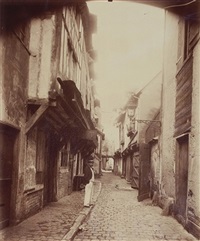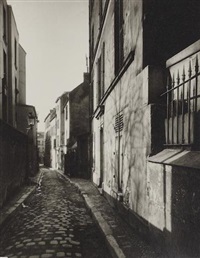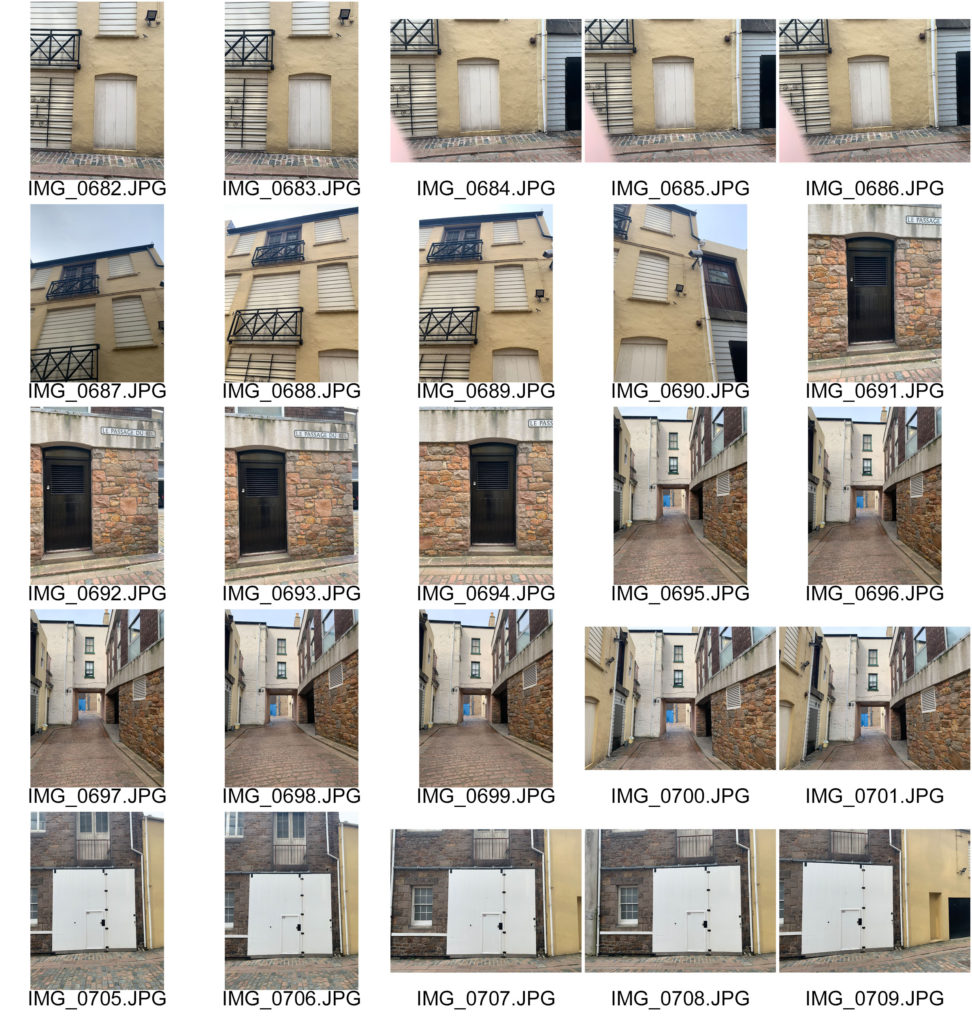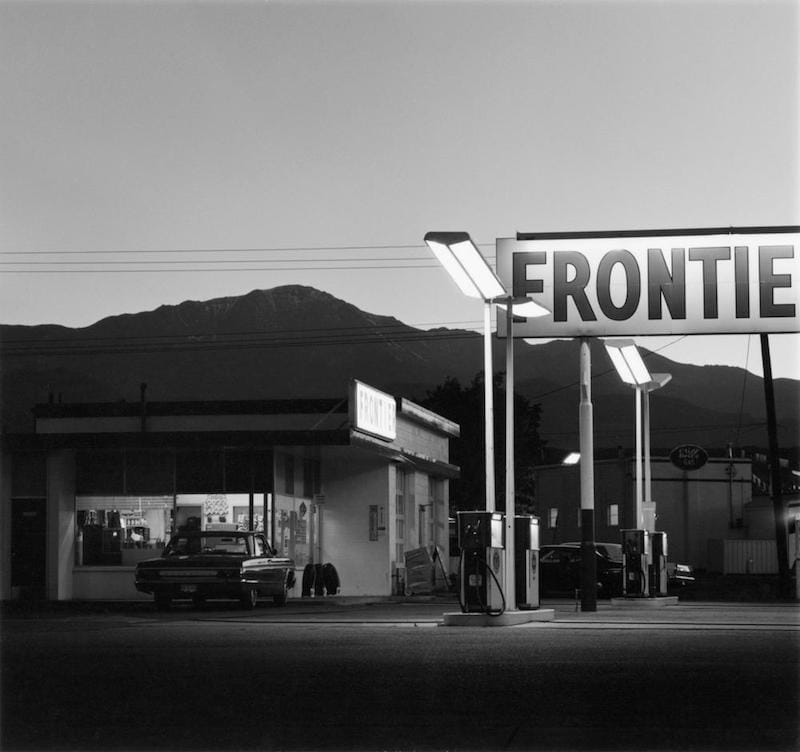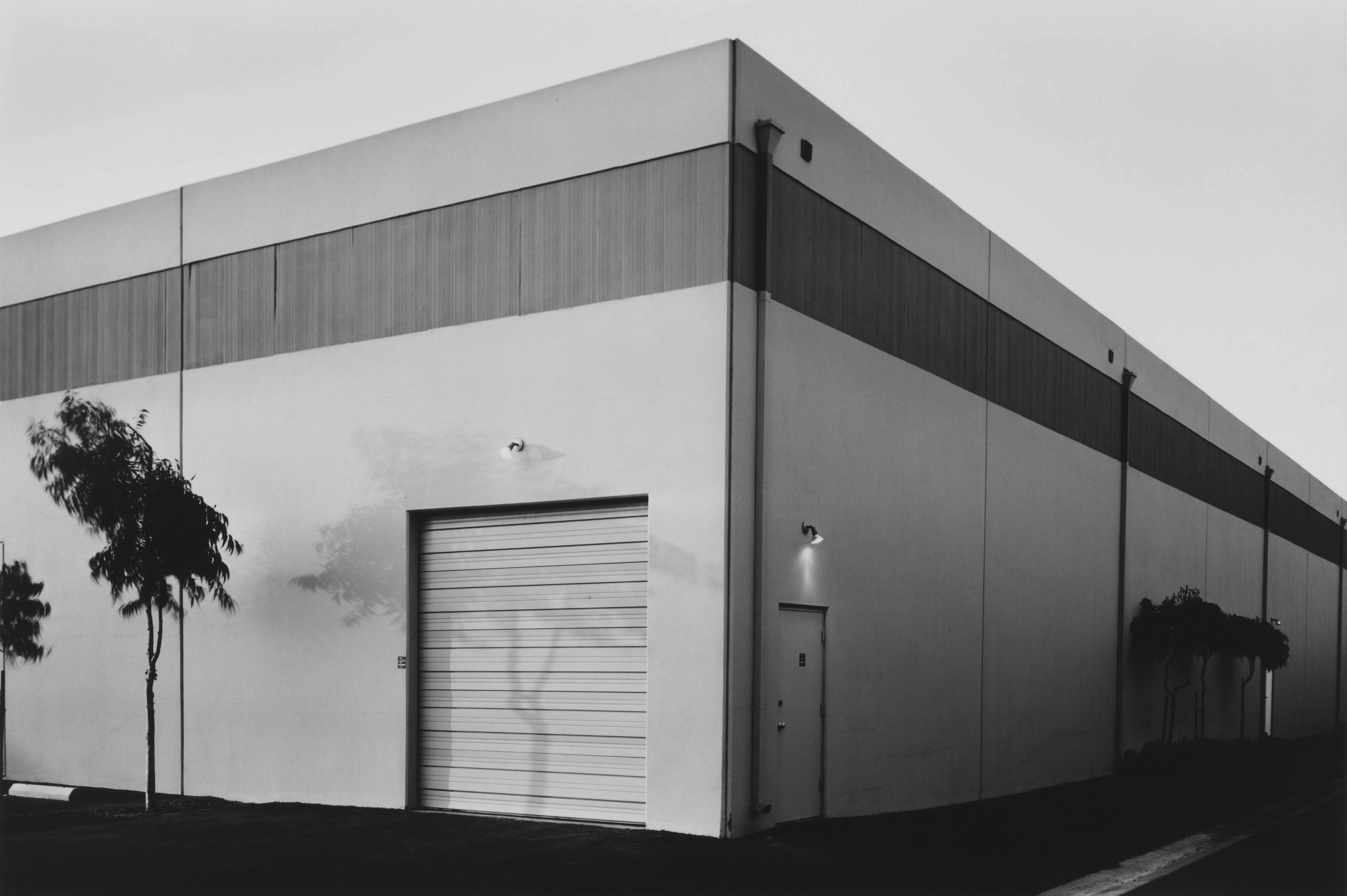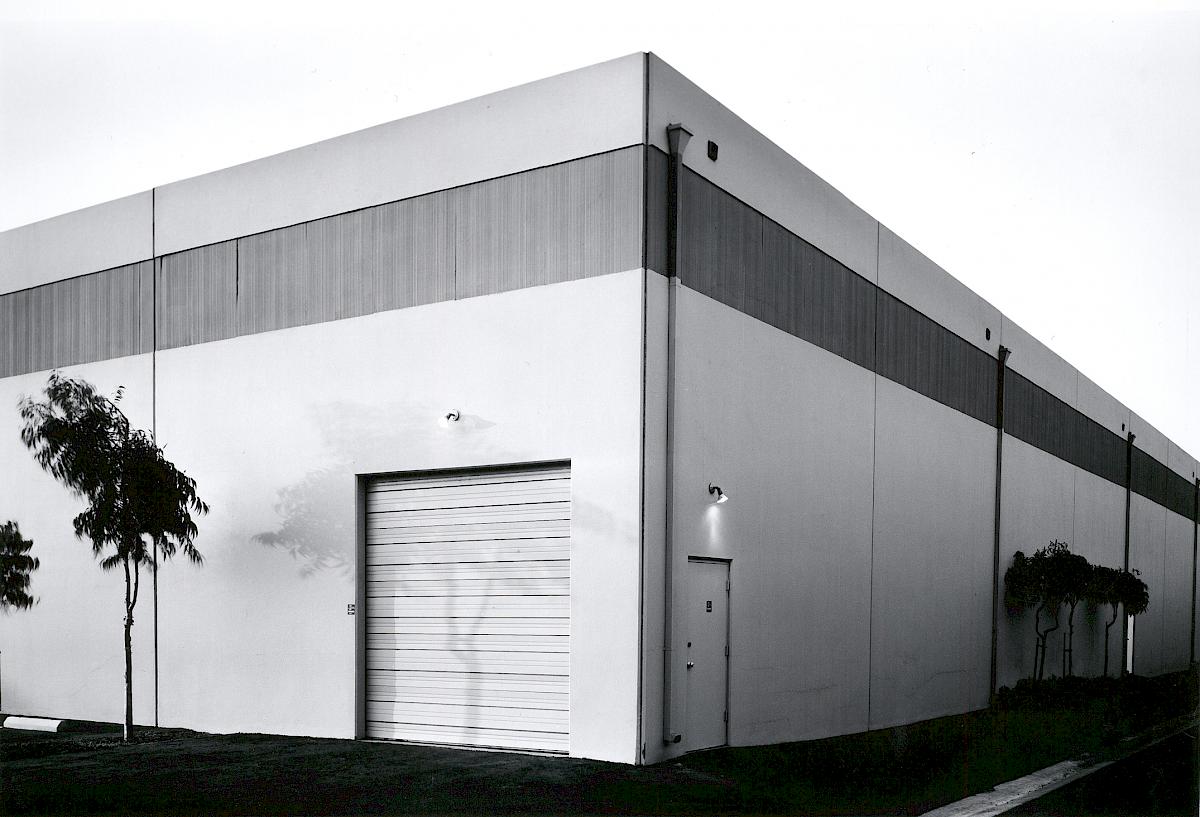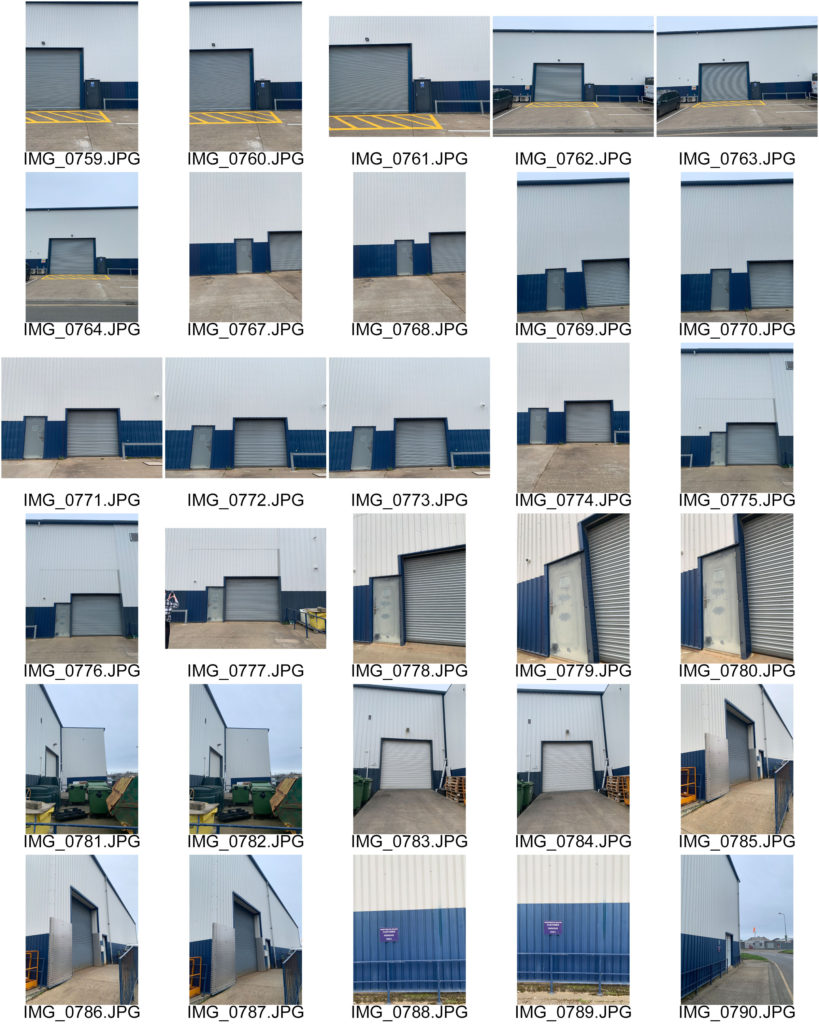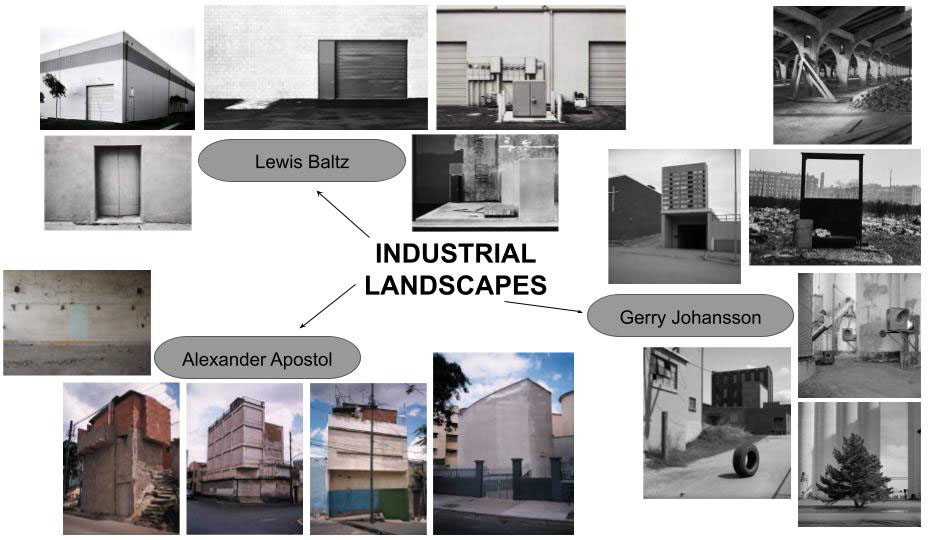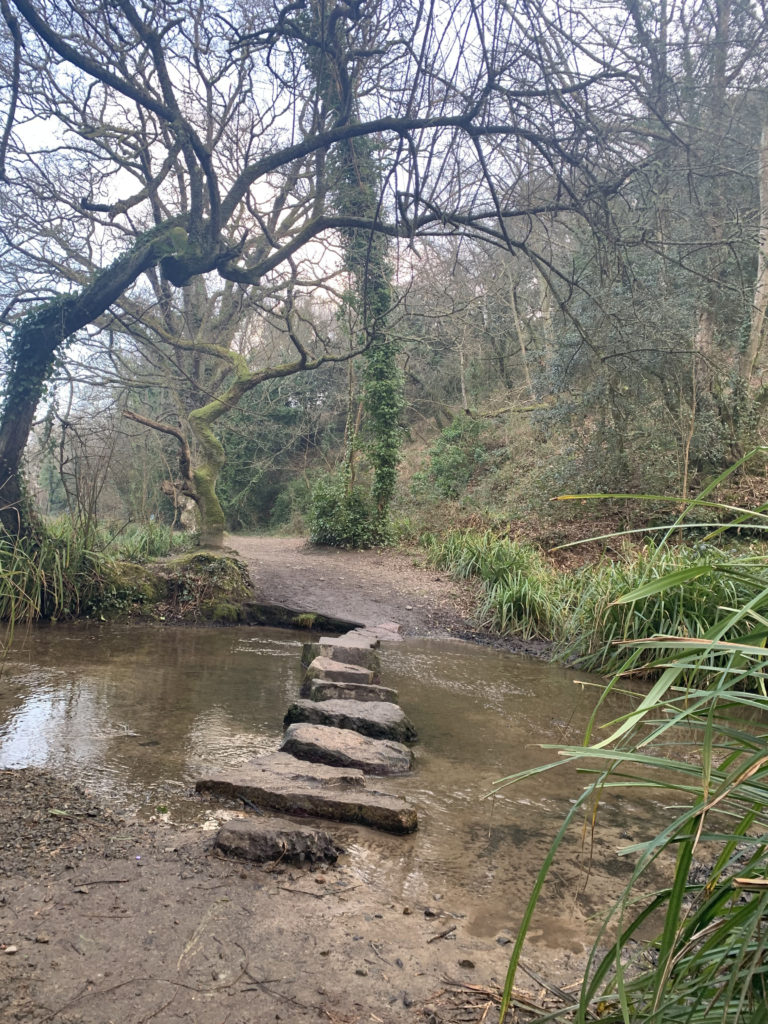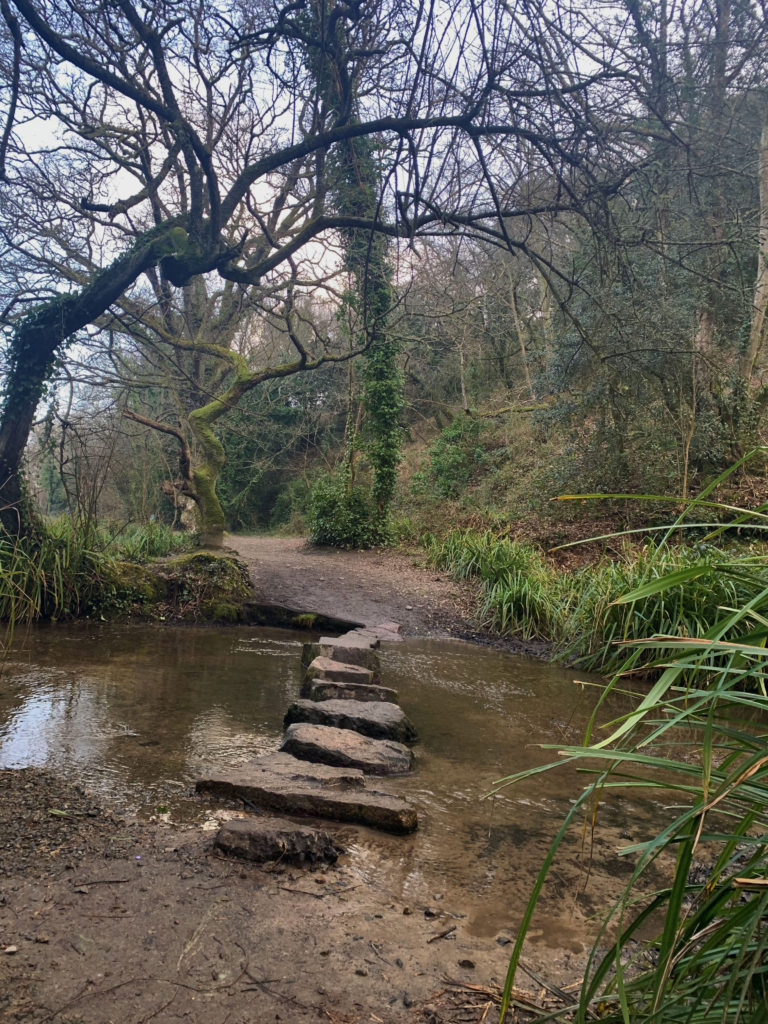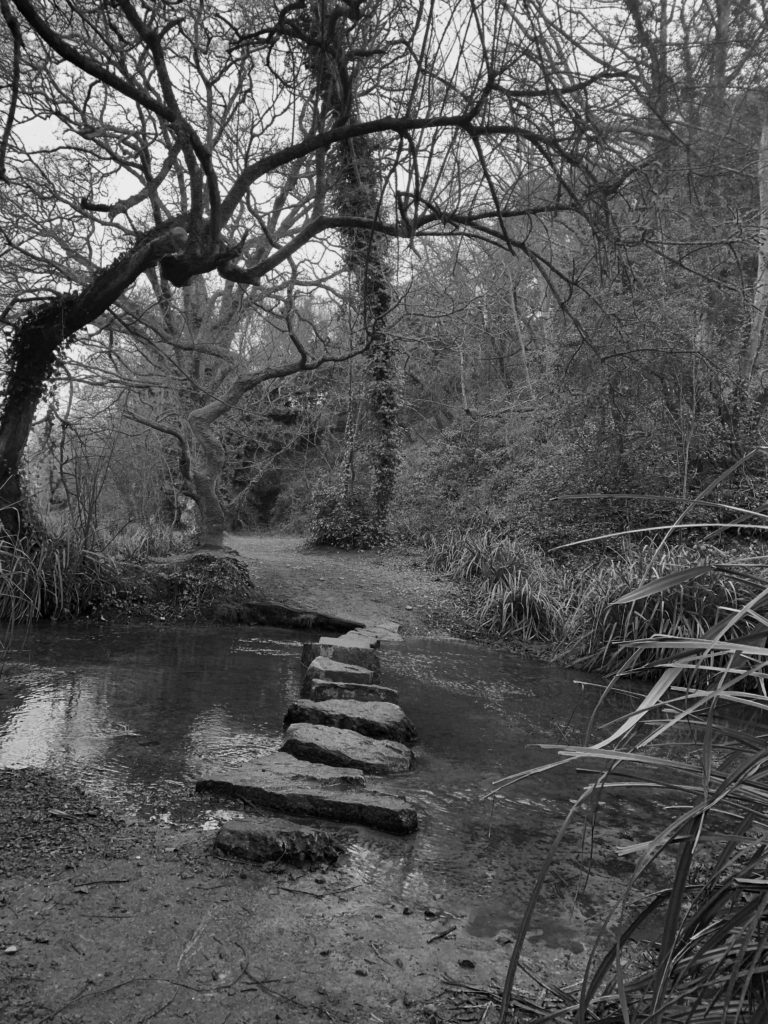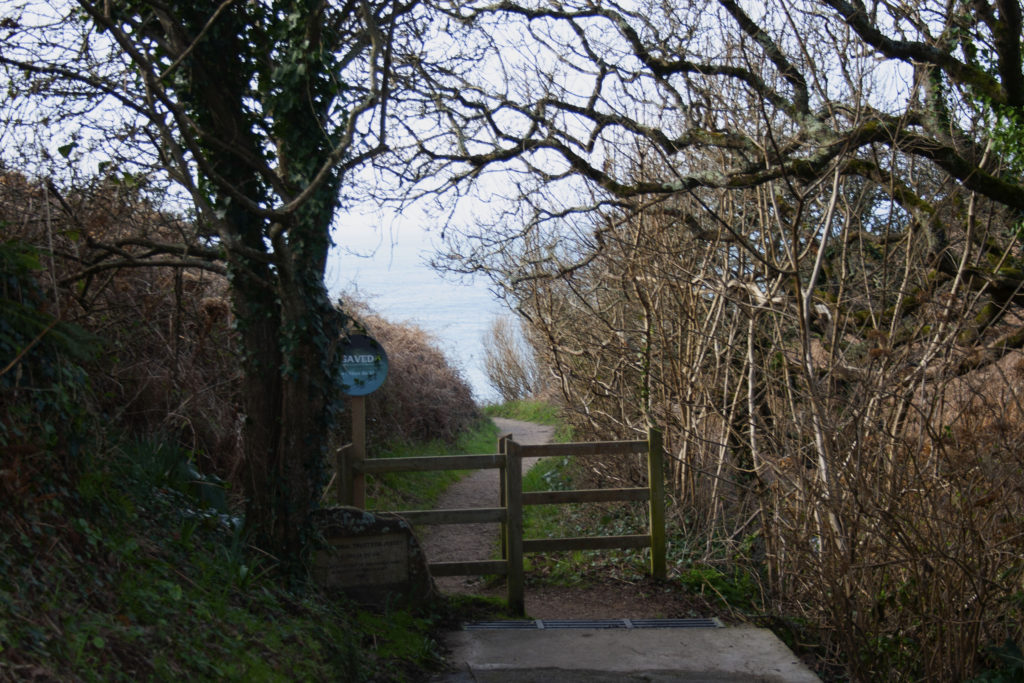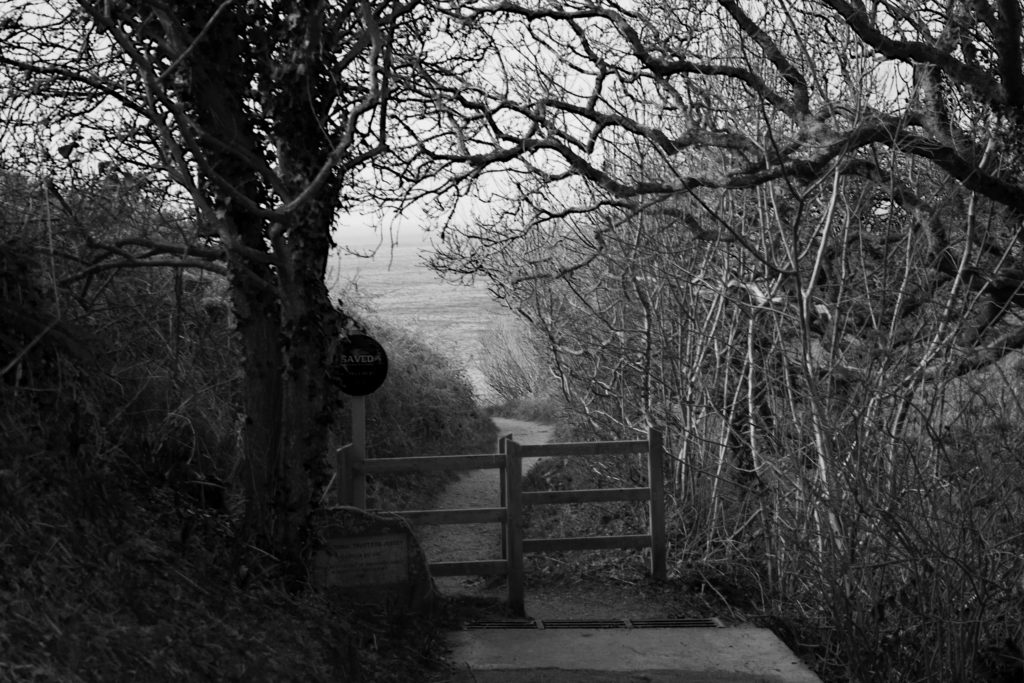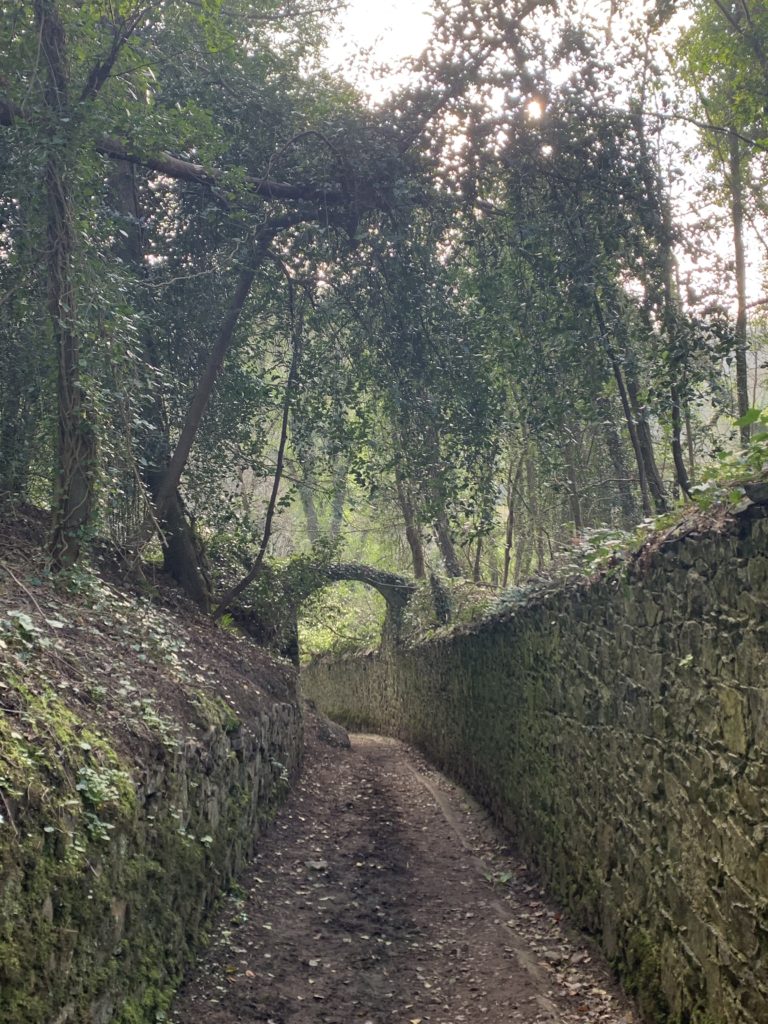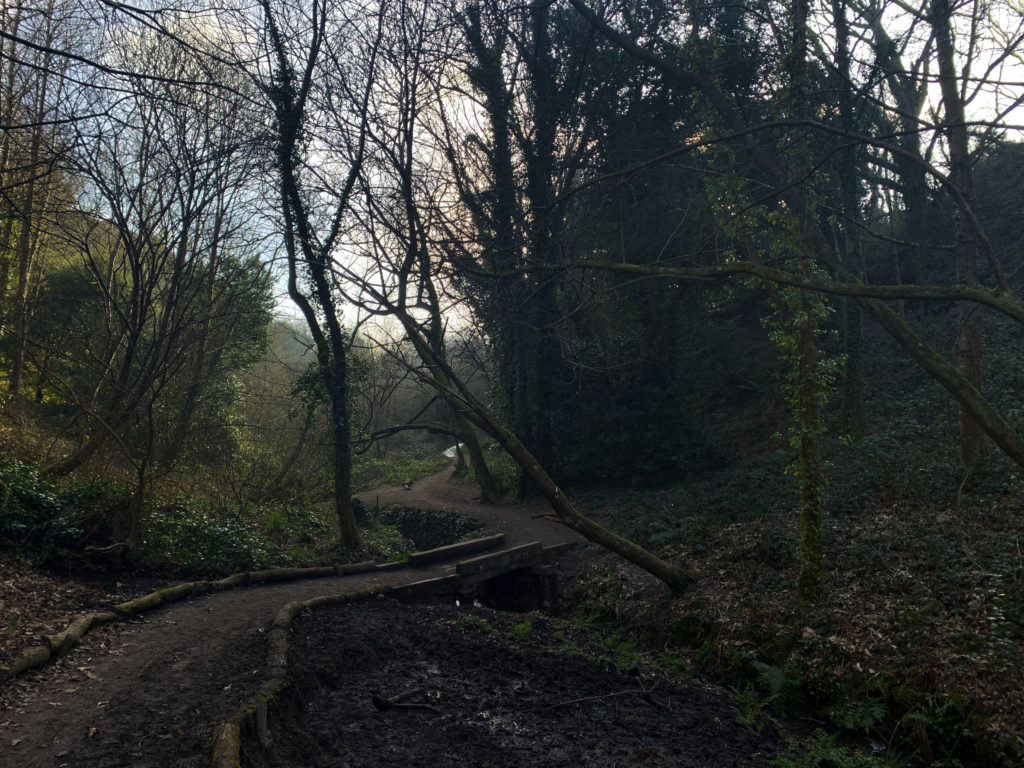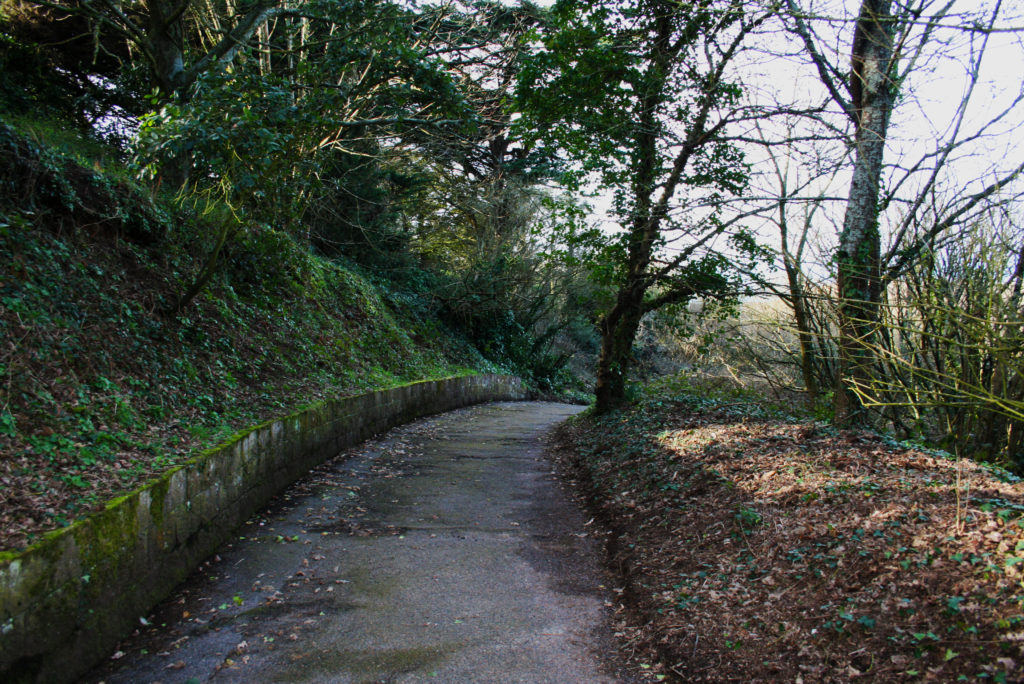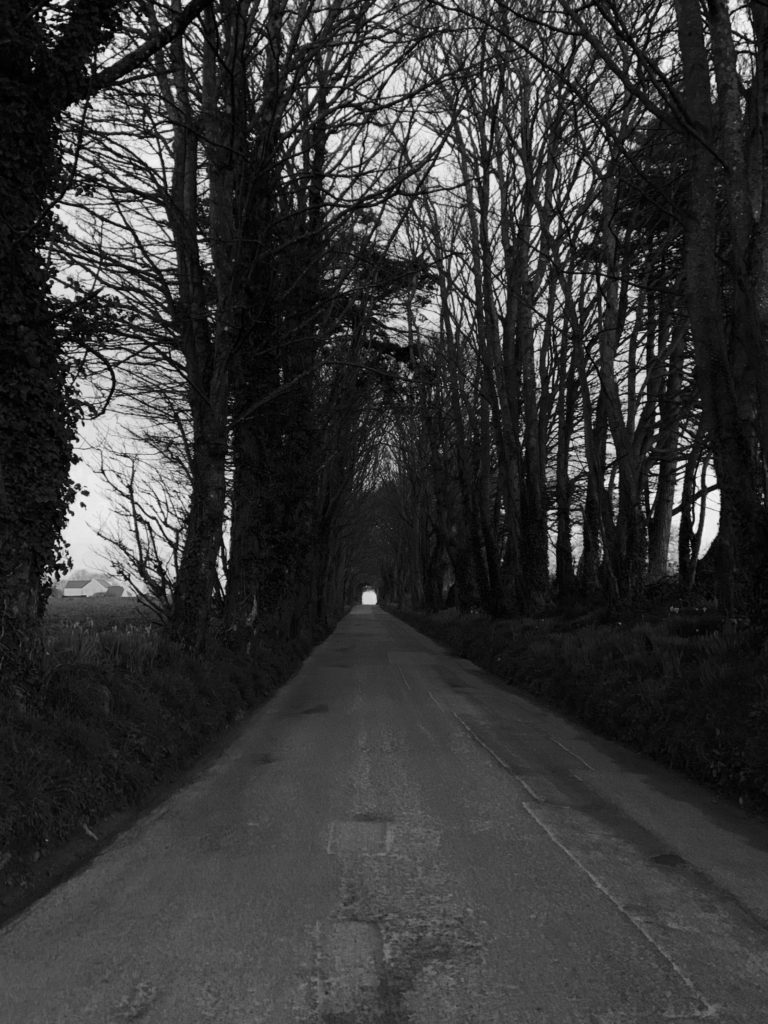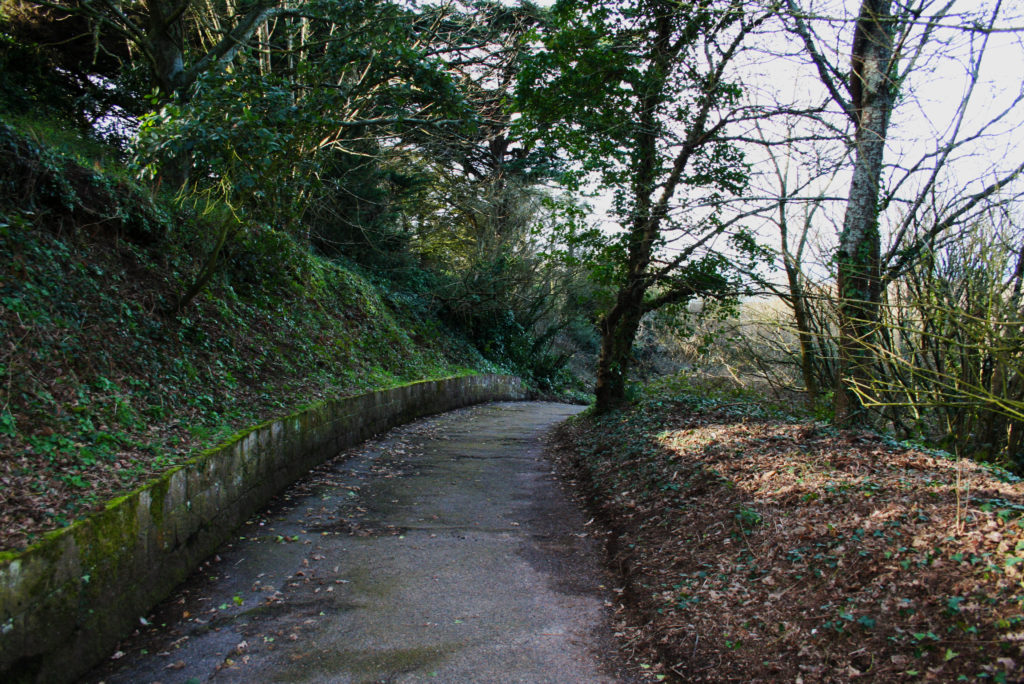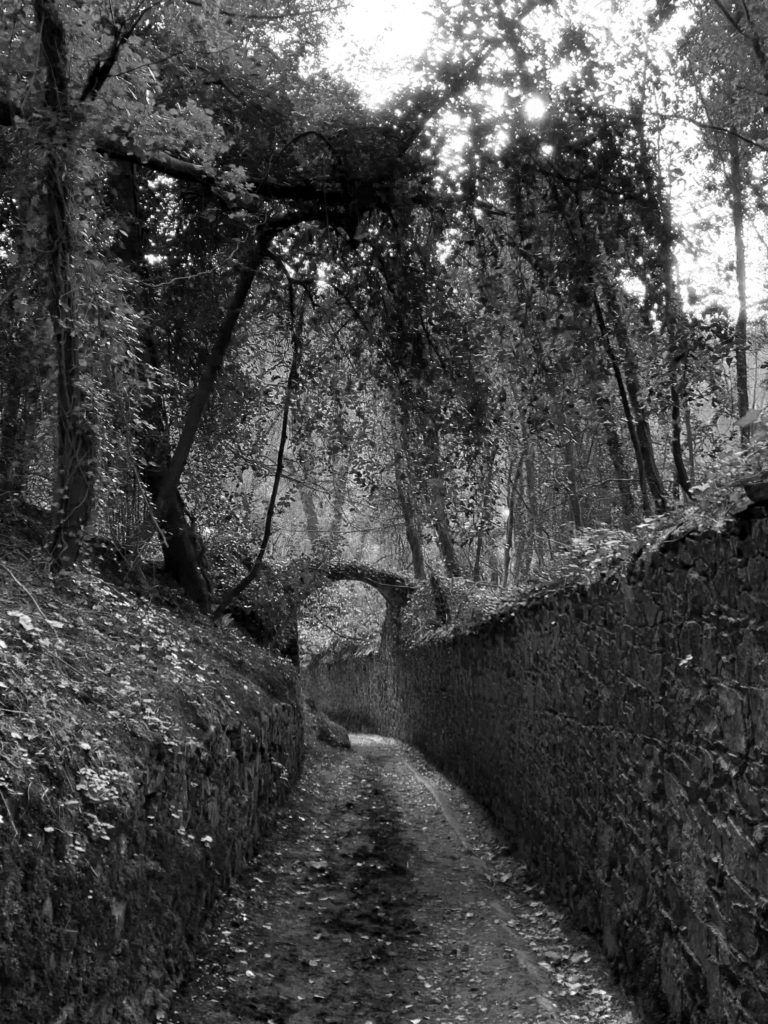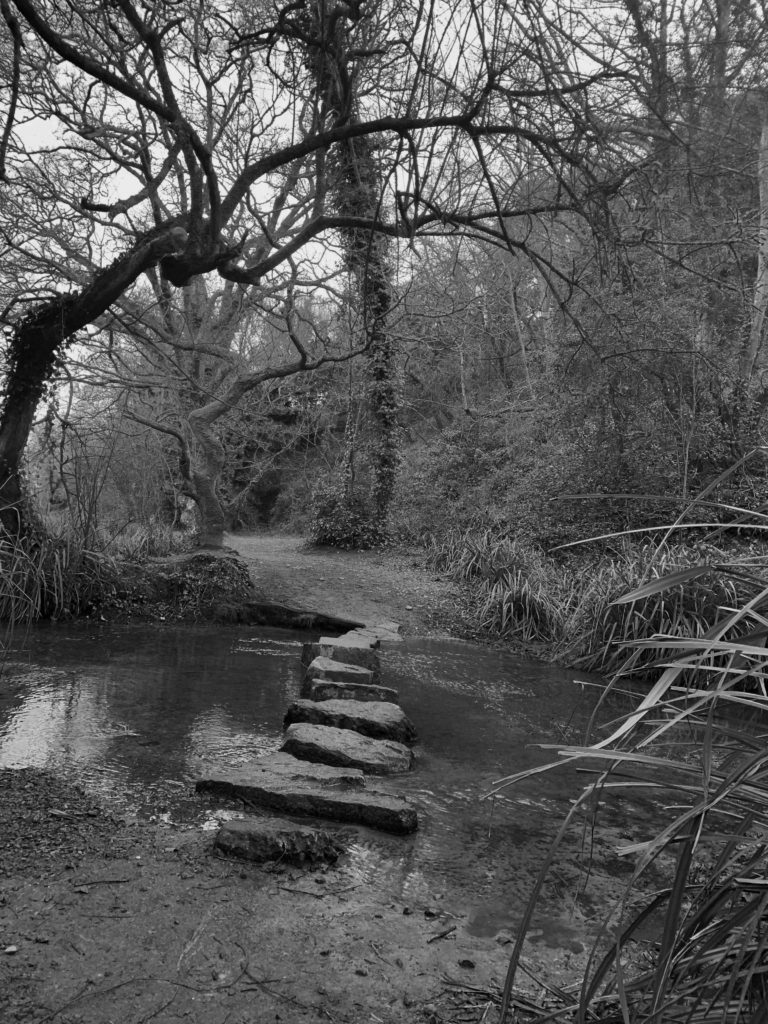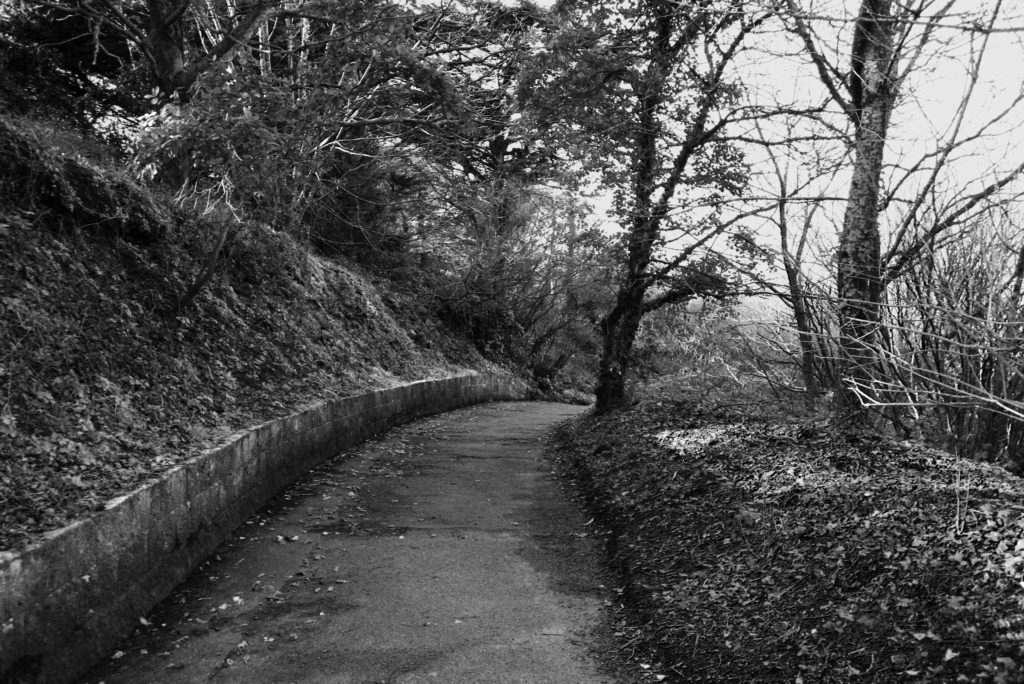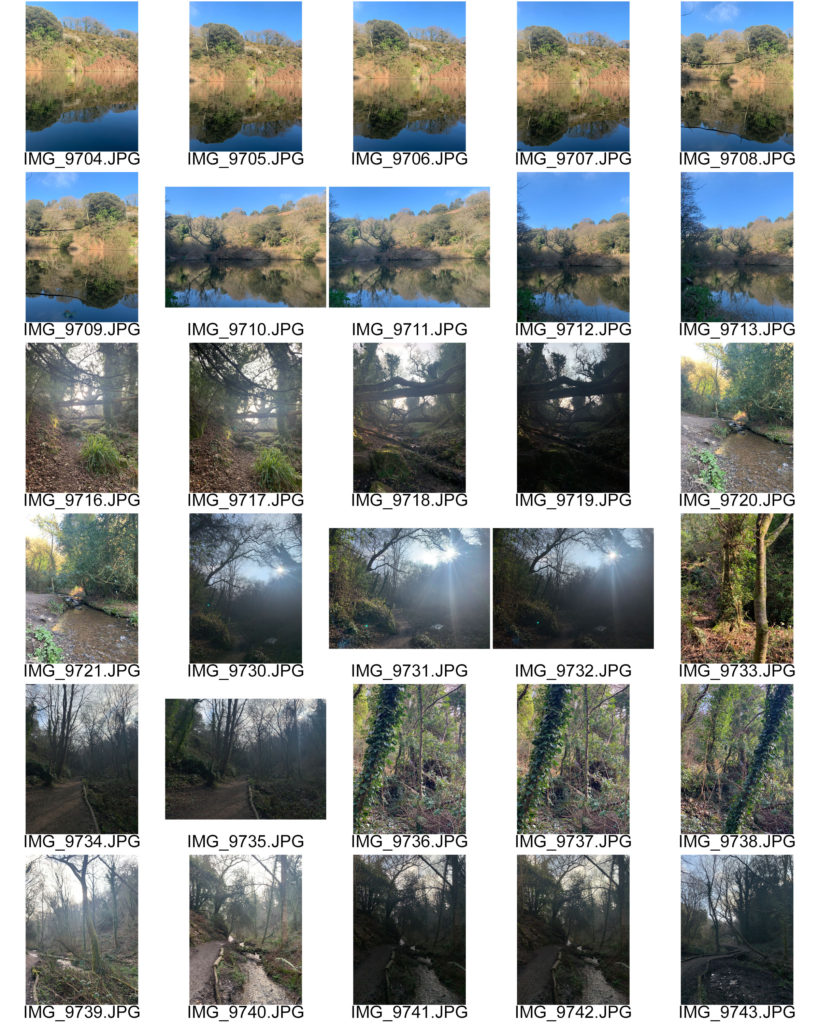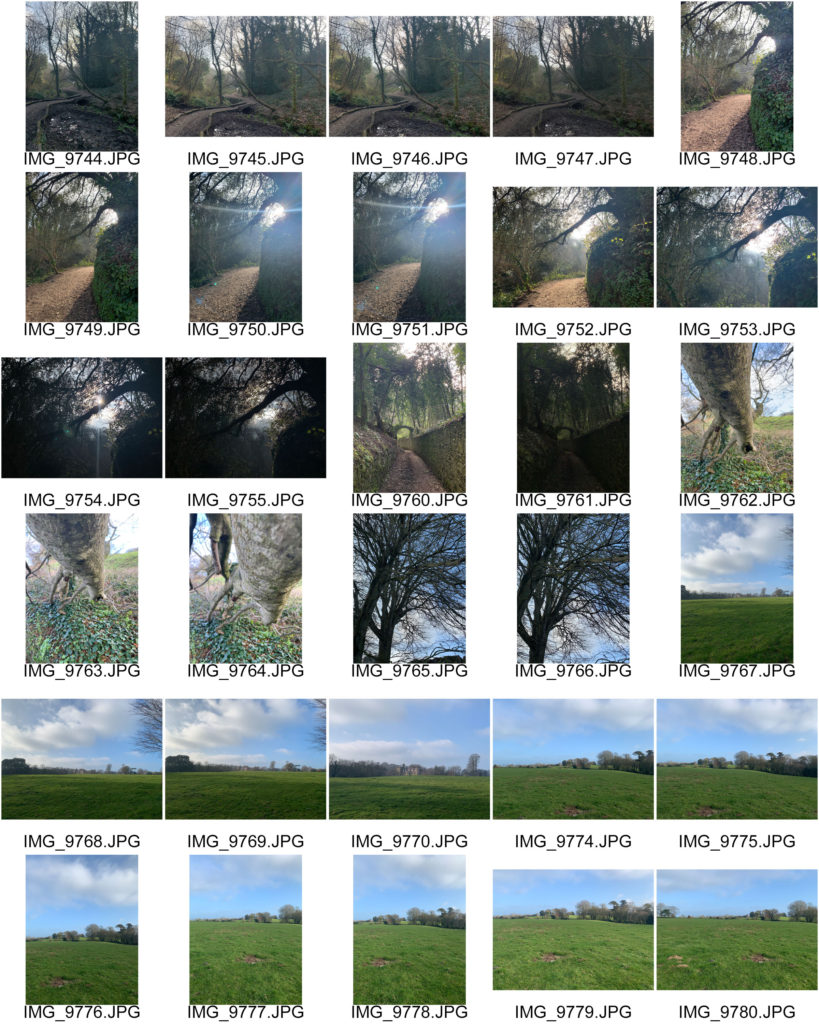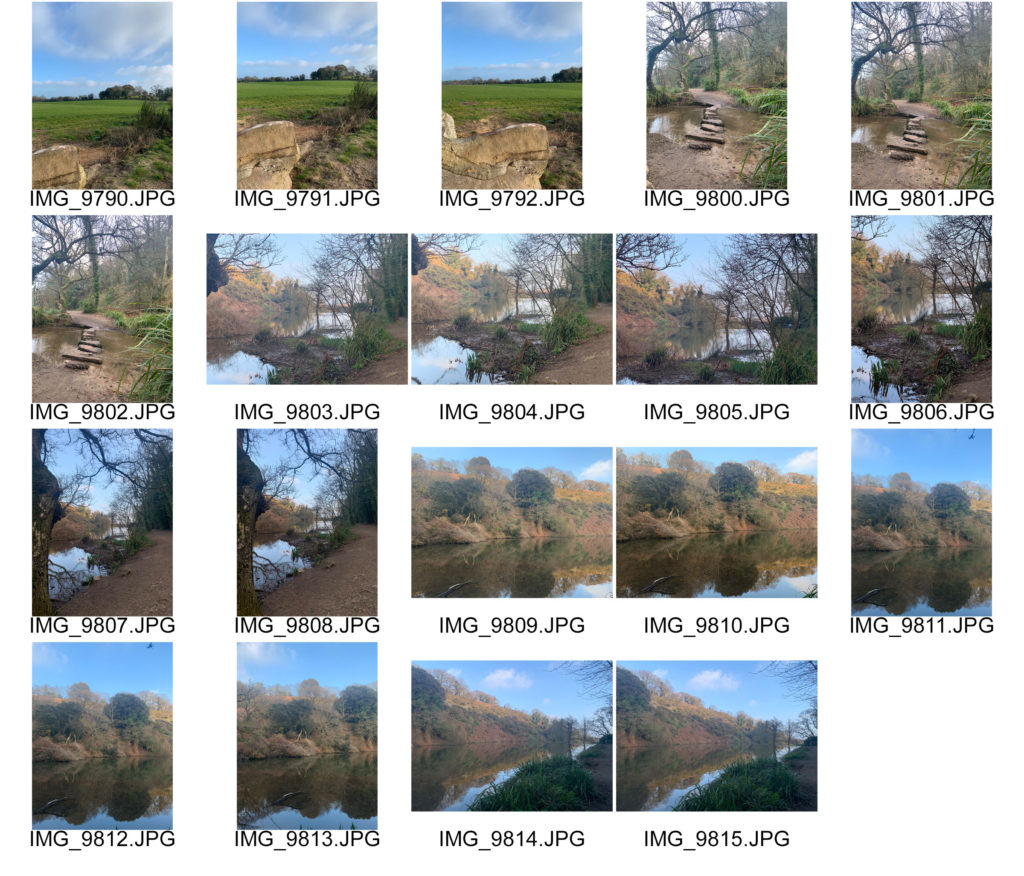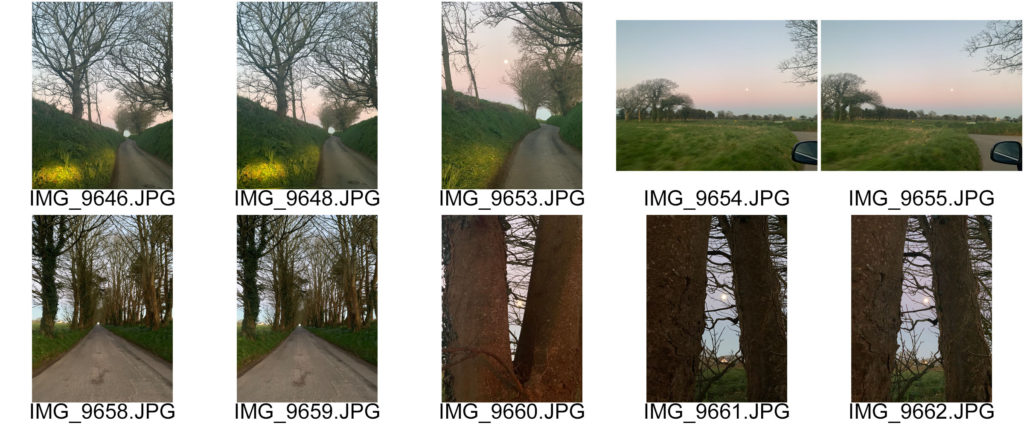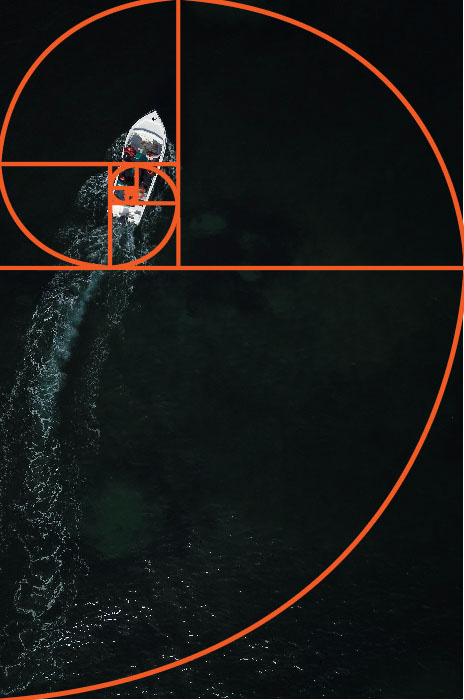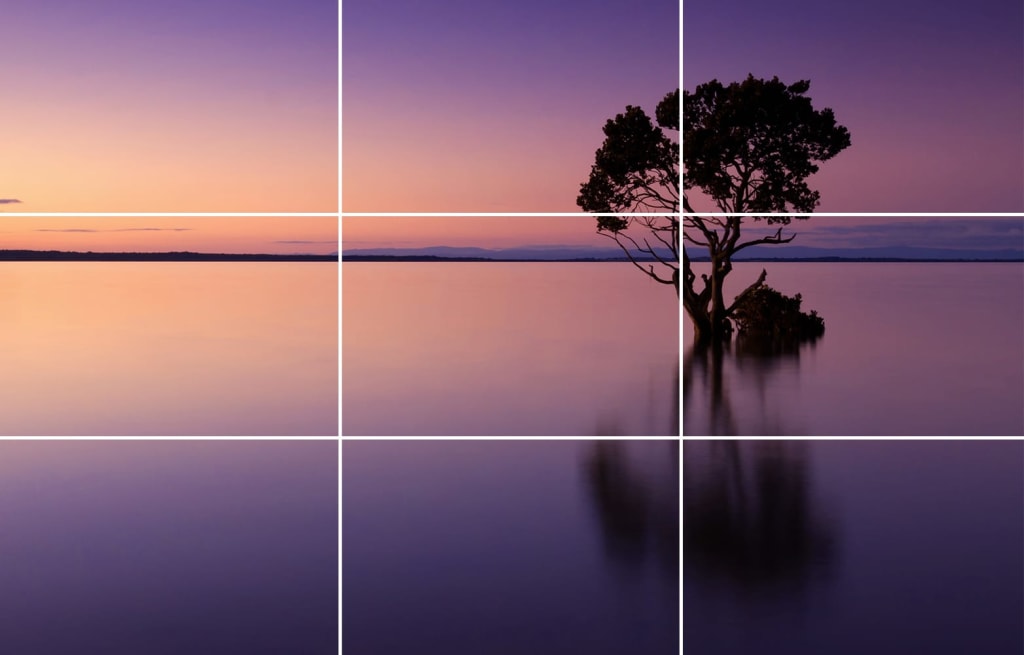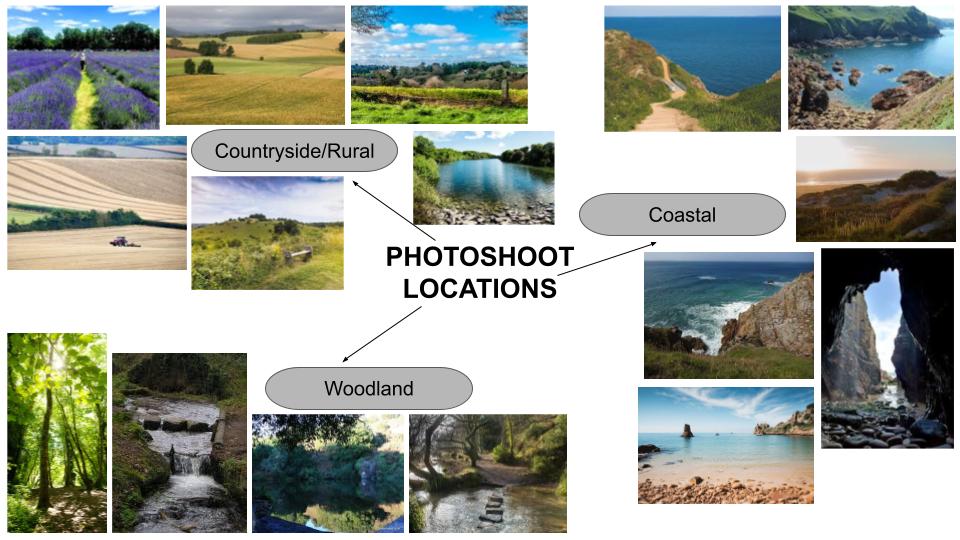Anthropocene: The unofficial current geological age, the period during which human activity has been the major influence on the climate and the environment.
Humans as a whole impact the physical environment in many ways: overpopulation, pollution, burning fossil fuels, and deforestation. Even the basic things like plastic use/waste can impact the environment majorly. These changes have triggered climate change, soil erosion, poor air quality, and undrinkable water which are global problems.
Examples Of Anthropocene in Photography:
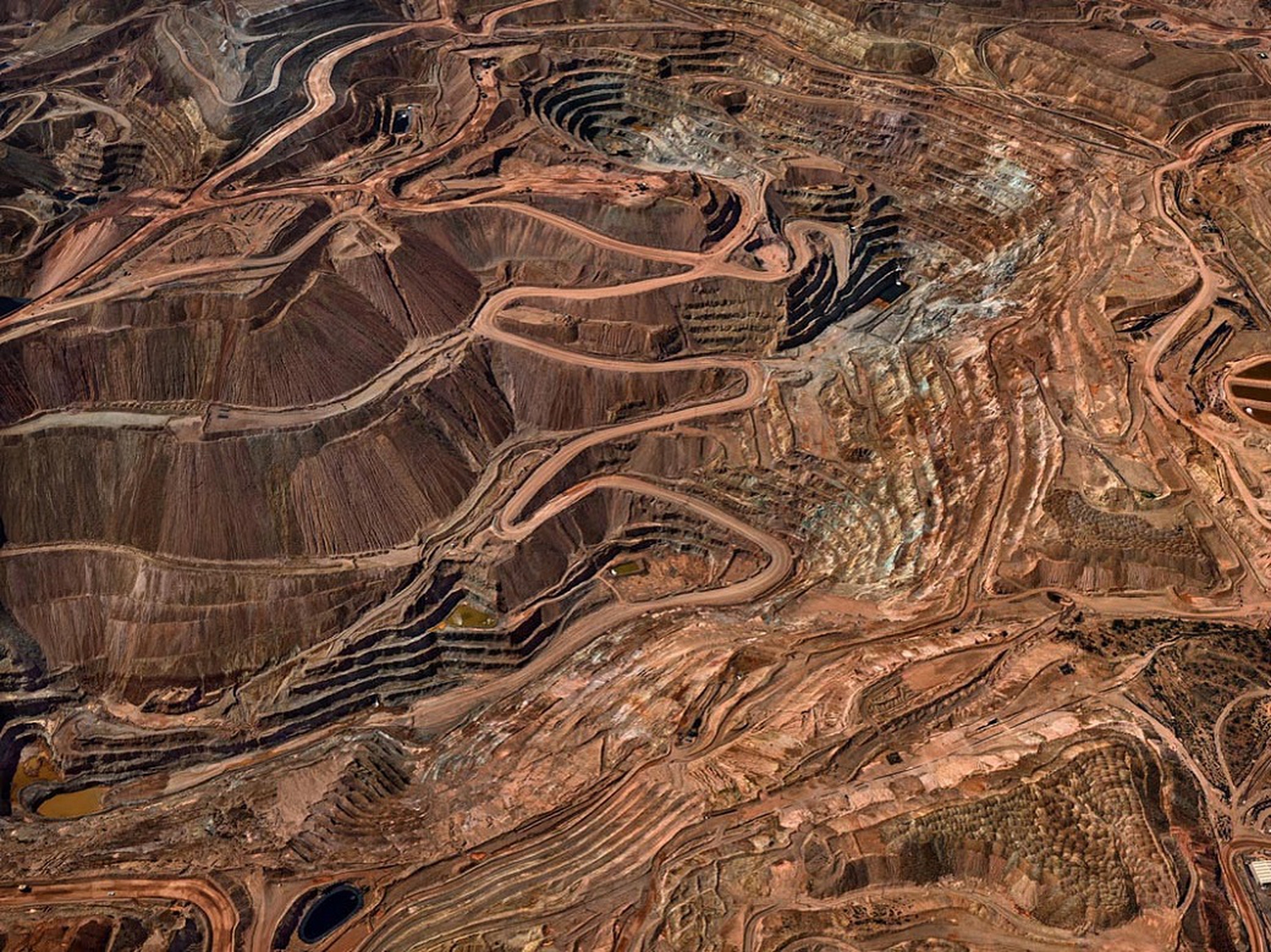
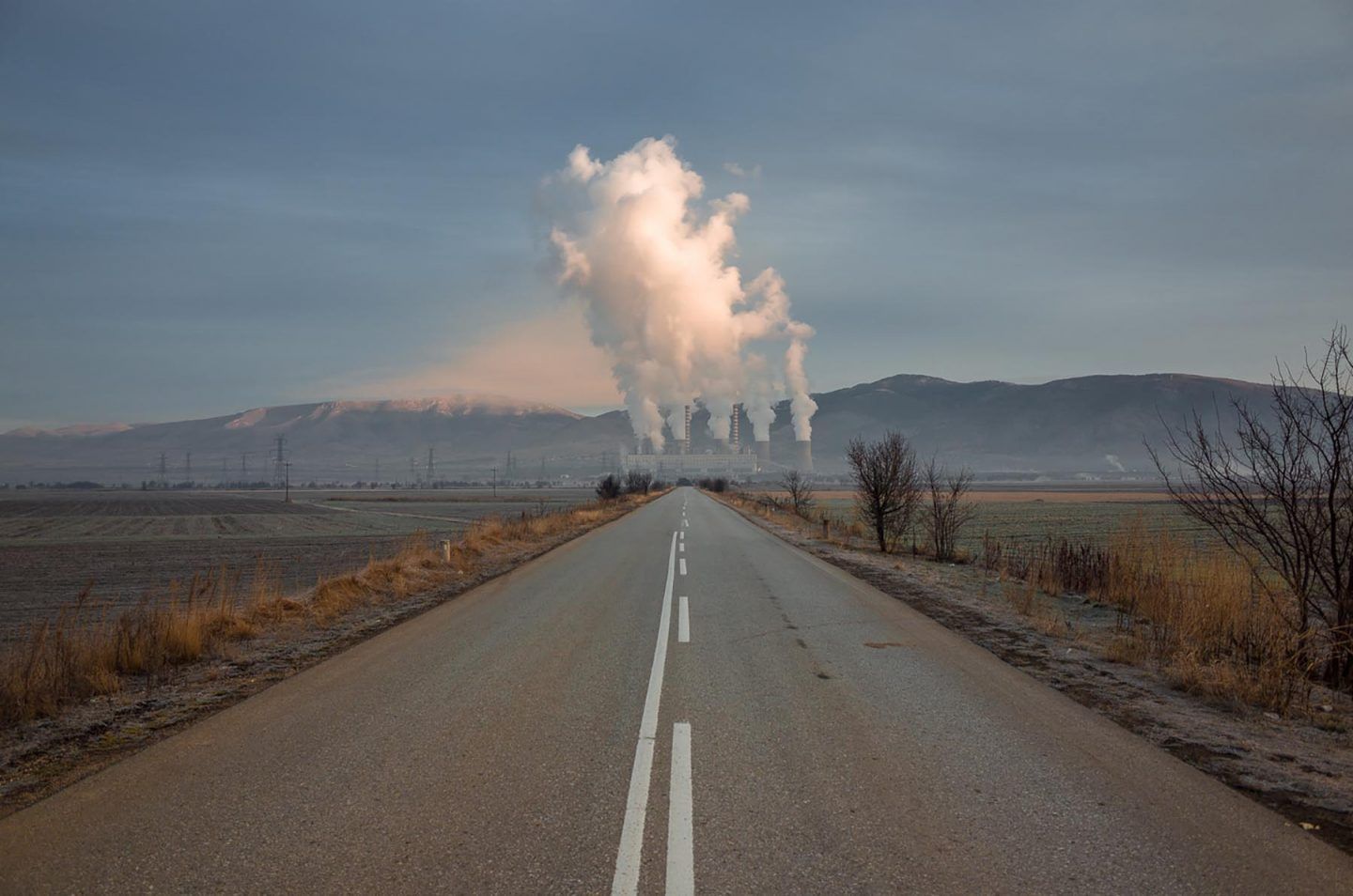

Ideas
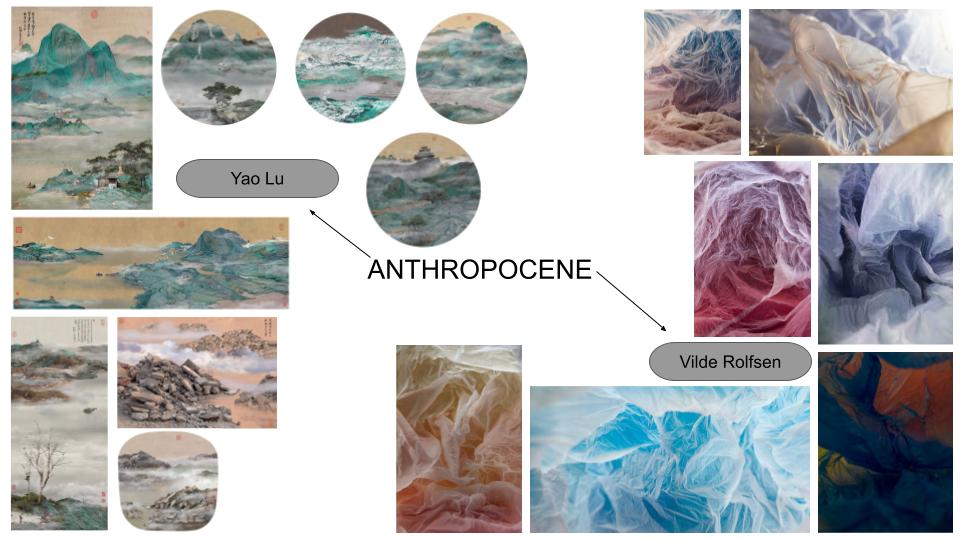
Case Studies
Yao Lu
https://www.brucesilverstein.com/artists/yao-lu/biography
Yao Lu focuses on his concern about the changes of the environment and the consequences of modernisation in china leading to rapid industrialisation and urbanisation. Also showing the difference between past and present through using aspects of the traditional Chinese style of painting to create similar images. Lu creates his photomontages in circular, fan-shaped and scroll-like frames.
At first glance they look very harmonious with the old traditional buildings and small figures walking in nature, but the beautiful mountain scenes are actually dump sites which have scaled out of proportion.
His photographs serve as a warning to the viewer about the consequences of large-scale transformations for the society.






Yao Lus’ images are based on landscapes in China which he recreates with waste scenes and landscapes to make a final composition of a very scenic, calm and peaceful atmosphere. It clearly shows the impact of waste on the environment and tells the story itself with the precision of composition, line, density and its framing, which are all the elements in painting.
When taking my own photos and creating my final images I will take similar landscapes but with cliffs/coastlines incorporated with piles of waste in dump sites, to get the same effect of the calm peaceful scene, which when you look closer you notice the dumpsites.
Vilde Rolfsen
Plastic Bag Landscapes series includes structures, formed by discarded bags found on Oslo’s streets, being transformed by light to make shapes resembling snow scapes or icy caverns. The plastic bags used for the project are all sourced from the street.
“I want people to stop and think about the plastic cups lying around and blowing away. No one cares, because it’s normal’.
When taking images for this series Vilde Rolfsen wanted to take ordinary objects out of their usual context and place them into an artificial environment to create awareness around the issue of plastic waste to the land and oceans, more specifically the use of plastic bags. Rolfsen also hopes her work will remind people to think more about their own consumption patterns.
https://www.anothermag.com/art-photography/3675/plastic-bag-landscapes-by-vilde-rolfsen
Examples from Plastic Bag Landscapes:






Vilde Rolfsens’ images where she takes ugly plastic bags and turns them into beautiful images creates an atmospheric impact as they have a lot of movement in them and look very much like the water/sea.
I will take plastic bags and other waste and photograph them with different coloured lights to get the same wave/movement effect. I also want to attempt to make them look like the sea or different landscapes rather than just different coloured plastic bags.
I would also merge the two photographers ideas together and make a landscape with the plastic bag as the sea or even clouds/wind.


